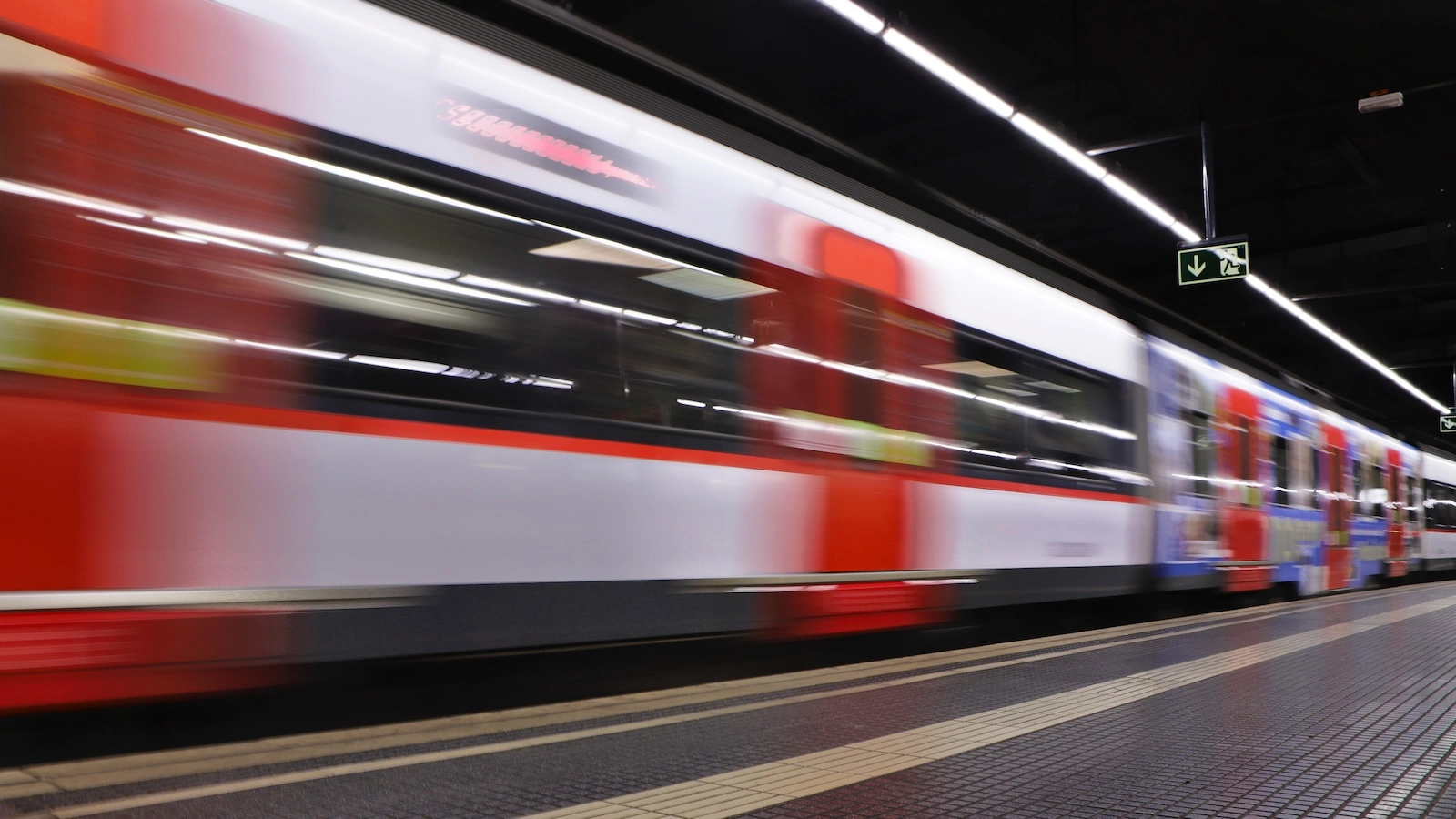- cross-posted to:
- [email protected]
- cross-posted to:
- [email protected]
[…]Using technology not unlike the regenerative braking found in hybrids and electric vehicles, the trains they rode generated some of the power flowing to the EV chargers in the nearby parking lot, the lights illuminating the station, and the escalators taking them to the platforms.
Every time a train rumbles to a stop, the energy generated by all that friction is converted to electricity, which is fed through inverters and distributed throughout the subway system. One-third of that powers the trains; the rest provides juice to station amenities and a growing network of EV chargers.
Each year, residents and tourists take 440 million trips on Barcelona’s subway system, which includes 165 stations linked by 78 miles of track. The transit agency has installed three inverters so far; 13 more are in progress. Once they’re all in place by the end of September, it expects regenerative braking to provide 41 percent of the energy needed to power the trains, a renewable source of energy it says will save about 3.9 metric tons of CO2 emissions annually.



Could the regeneration be putting out a higher current than what the batteries on the subway train can handle? Not very likely, but I guess that’s a possibility.
Or if the trains are running on an electrified rail and don’t actually carry much battery capacity themselves so regenerative braking fills that small battery and then dumps the rest back to the grid?
I don’t particularly feel that either of those situations are likely to be accurate, but I guess someone could have done something weird in the design.
Do subway trains have batteries for the purpose of moving themselves? I don’t know much about subway trains specifically, but in my imagination I can’t picture one working during a power outage.
If they don’t carry large batteries then it makes perfect sense to me to dump the energy back into the grid. Electrical losses should be fairly small.
If they are like the trollies I briefly got to get some insight into (got to poke around in the CAD model for a bit and talk to some of the engineers working on it) they might have a small battery pack to carry them over intermitten gaps in grid power delivery. Kind of like a hybrid car battery.
Have you ever been in a train and the lights went out? If not, watch some movies with the NYC subway (eg Joker). Its not just a theatrical effect, this is normal on trains.
Modern trains have batteries to keep accessories like lights and AC running when the train temporarily looses its connection to the third rail
This is an excellent point. They probably minimize batteries on the train, because Why use energy accelerating all that extra mass? Same with flywheels; it makes no sense to put a lot of energy storage on the train when it’s connected to the grid 100%.
On the other hand, one way the title would make sense is if the trains weren’t connected 100% to the grid, and do have batteries or flywheels charged by regenerative braking. And the places they’re newly powering are places where the train grid doesn’t reach. So, basically, they’re getting charged with potential energy in one location with enough energy to get them to the next connected grid location, then moving to an in-between place that isn’t connected to the grid and recharging with regenerative braking. Since they now have excess energy to get back to the grid, they release some of that energy to the local station, providing it power. They’re cargo trains, transporting electricity to places that aren’t on the train grid.
That would make this article make sense.
I would guess it’s the latter; the trains draw power from the grid to accelerate, and dump power back into the grid when they decelerate.
Yeah definitely the latter, but phrasing it as generation is very very wierd. Literally physically impossible.